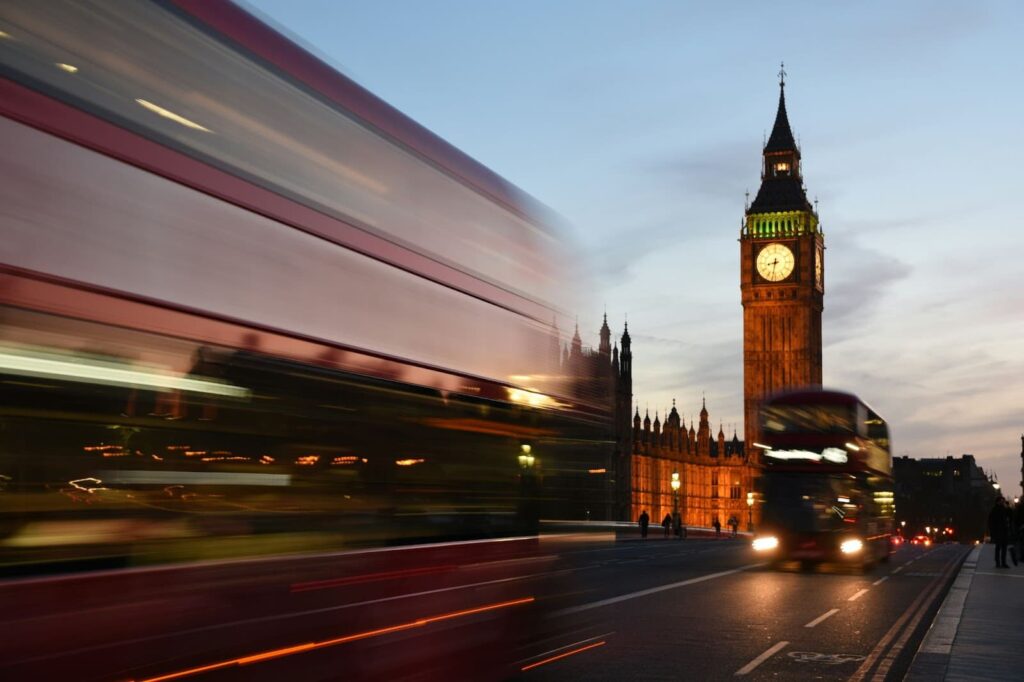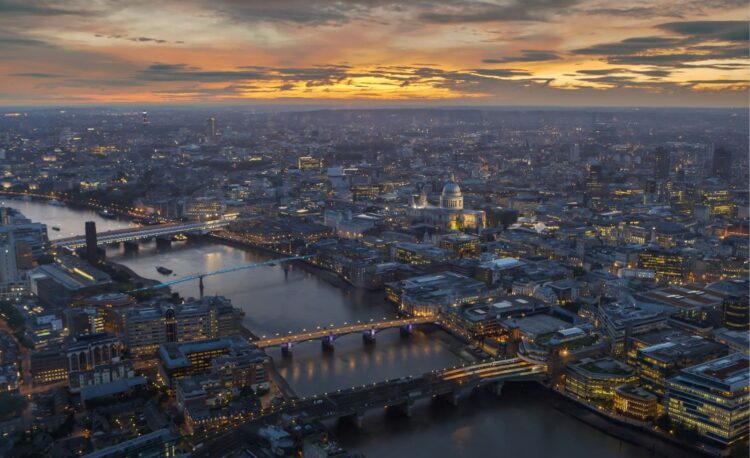As a major tourist attraction in Great Britain, London has been the desired destination for millions of guests who seek to attend locations that have lots to offer. With an endless array of cultural landmarks that attract visitors from all over the world, it continues to captivate the minds of travelers. When you first arrive in London, it quickly becomes obvious that the overcrowded streets and sophisticated transport systems can be quite challenging to navigate. Luckily, top-notch technologies such as digital wayfinding solutions could significantly simplify the tourist experience and help find the way in the sprawling metropolis.
Intricate Urban Landscape
Each neighborhood of London is different and not similar to its surroundings, possessing a distinct and unique character, culturally rich and diverse. Nevertheless, this immense variety could overwhelm everybody who is unfamiliar with its geography. Although the transport system including buses, cabs, and underground, is user-friendly even for foreigners, tourists are still often left disoriented when trying to navigate busy winding streets.
Streamlined Tourist Navigation Opportunities
To get a positive tourist experience, untroubled by disorientation, tourists could rely on modern technologies that would make their lives easier. Thanks to technologies, the time that might otherwise be spent on decoding confusing street signs or deciphering complex schedules, would be allocated to much more pleasant activities such as strolling along the Thames, exploring museums, or savoring afternoon tea. Therefore, city guests can enjoy their stay without the fear of getting lost in the intricate streets. No matter what your aim of travel is — are you on vacation or a corporate event — with new technology in your hands, you’ll move confidently through London’s intricate urban fabric.
A Closer Look at Digital Wayfinding Solutions
The emergence of smartphones and ubiquitous access to the internet, that we have witnessed in the last decades, has made digital navigation nothing out of the ordinary. However, the rise of wayfinding technologies goes well beyond the standard map apps. With augmented reality elements, data analytics, and location-based services, these advanced tools provide contextually relevant guidance based on the user preferences and their interests.
For instance, let’s consider the AR-based app that can overlay directional arrows and points-of-interest icons onto the real-world view, which was previously captured by the user’s camera on the smartphone. Thanks to data analysis tools, the system can automatically adjust the suggested routes based on real-time conditions such as foot traffic or transit delays. In the past, the city guests relied more on guesswork and physical paper maps, and now they are lucky to enjoy all the benefits that new systems offer to them, with dynamic, intelligent guidance right at their fingertips.
Context-Conscious Personalization
Modern navigation systems, based on AI technologies, could learn on their own and adapt to the individual preferences of travelers. For example, if you prefer definite tourist attractions such as cathedrals of specific historic periods, or art galleries, the app will recommend these types of locations to you. If you are traveling with family and are interested in the kid-friendly attractions, it will offer the most suitable options for you.
Emerging Tech Trends for Wayfinding
Let’s consider the top-notch technologies that have transformed the wayfinding as we have known it previously. As navigation functionalities continue to evolve, we also witness the roll-out of such technologies as 5G networks and empowered mobile devices, equipped with augmented reality features. AR glasses could offer turn-by-turn directions, making phone screens or other portable gadgets completely unnecessary. With ML algorithms, the system better understands the travelers’ preferences and could guide them based on their previous behavioral patterns.
Sustainable and Eco-Friendly Decisions
Efficient navigation not only simplifies the way visitors navigate through the streets, but it also implies sustainability and environmentally friendly solutions. Thanks to better route planning and minimized congestion, the city guests can decrease the unnecessary transit usage and reduce their carbon footprints. When you take a guided walking path through green spaces, it promotes pedestrian-friendly routes without the use of transport. Besides, tourists also make more informed, sustainable choices by leveraging digital solutions in order to highlight eco-friendly transportation options, such as bike-sharing stations, electric buses, or low-emission zones.

Bridging Cultural and Language Barriers
Being a culturally diverse city with a rich history, London welcomes travelers from every corner of the globe. Nevertheless, linguistic differences can complicate navigation. With modern approaches to tourism, digital wayfinding solutions integrate translation capabilities in order to ensure that point-of-interest information will be displayed in a traveler’s native language. In combination with cultural insights, such as describing local customs or providing etiquette tips, this level of inclusiveness encourages a richer and more positive perception of London as a truly multicultural city.
The Economical Side of Seamless Navigation
Tourism is an important contributor to London’s economy. This flourishing industry helps sustain jobs, support small businesses, and provide financing for the upkeep of cultural institutions. With easier navigation, it is possible to boost all these economic advantages: when visitors feel confident in their ability to roam around the city, they’re much more likely to explore beyond the pre-defined typical tourist circuit, discovering specialty cafes, local artisan shops, and other lesser-known attractions. This possibility of broader exploration will not only support local communities, but also can contribute to maintaining a more balanced and resilient urban economy.
